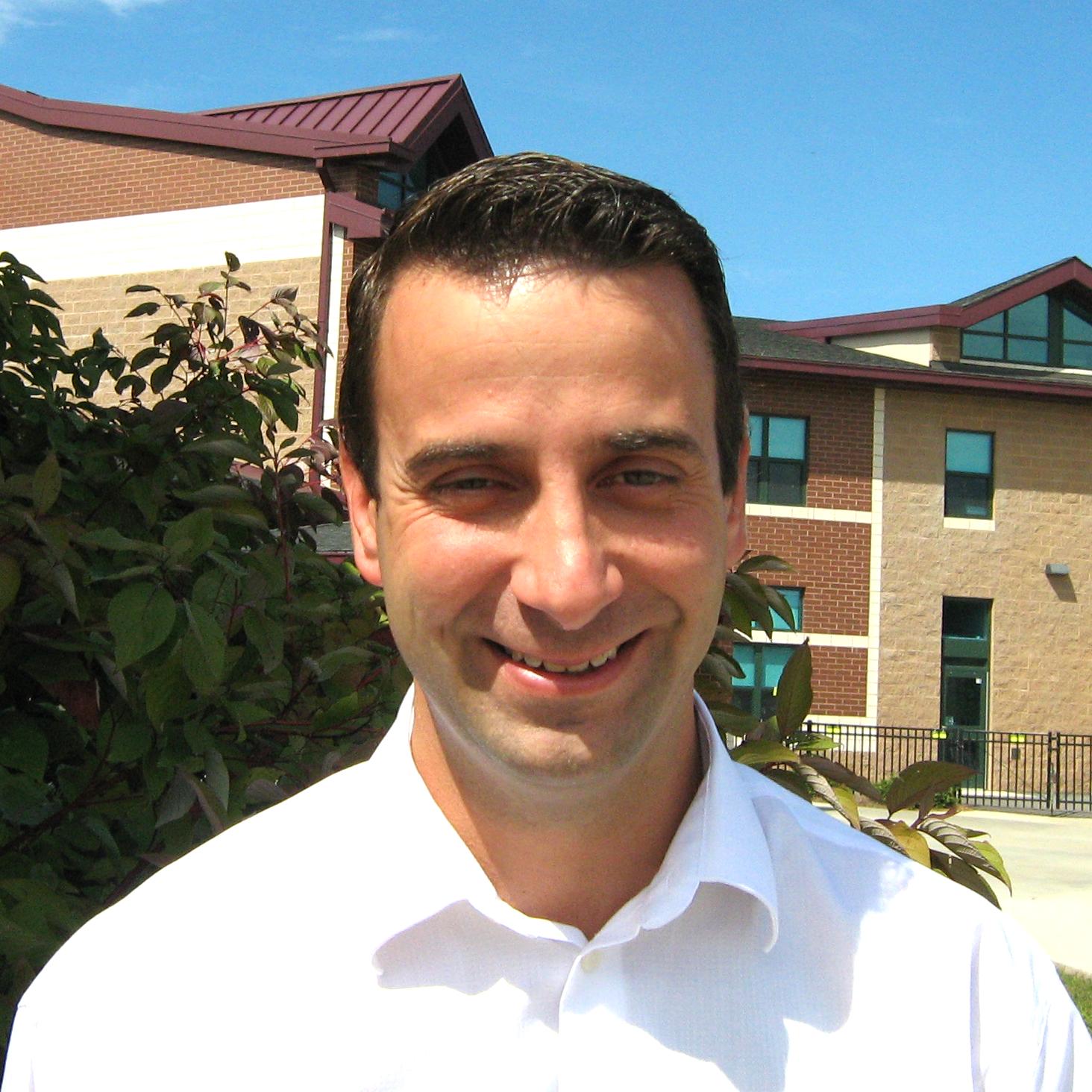Paul Sanfrancesco

Name: Paul Sanfrancesco
Title: Director of Technology
District: Garnet Valley School District, PA
What are your big-picture tech goals for your district?
We are doing a couple of curriculum initiatives with iPads. We put two iPad carts in each of our three elementary schools, one iPad cart in the middle school, and one in the high school. One teacher gets the cart for the entire years, and with that comes a lot of training. All of the iPad teachers meet every in-service day for professional development on initiatives and get together for a total K-12 vision. The middle and high school iPad teachers are science teachers, and it’s been great for all of them to discuss curriculum around this common tool. The middle and high school teachers are discussing how they use Google Docs and other tools and are sharing resources. It’s a small scale for now, but it’s working well. The teachers will help us in our summer tech academy to deliver more iPad instruction to other teachers who are requesting iPads. It’s very competitive. We want our teachers to show us they’re ready to integrate this tool in their classrooms.
The elementary teachers with iPads are working with the special ed teachers and learning together. It’s been a surprising outcome of rolling these out this way. The teacher “owns” the cart, so if she has 10 extra, for instance, she can partner with a special ed teacher or a specials teacher.
We’ve never rolled out any hardware en masse. It’s always tied to our summer academy, ongoing PD, and continual learning such as professional learning communities. We’re continually working with our staff to grow with the product. Also, not every teacher wants to use the same products. We want our staff to be diverse in their teaching styles. Students are not going to be exposed to one way of teaching in life.
Tools and ideas to transform education. Sign up below.
Our high school has a hybrid BYOD effort in place. If a teacher wants to use a device, he or she makes that call. The students respect the technology and the teacher’s methods, and it’s working well for us. This year we have a lot of teacher- and parent-focus groups on expanding that BYOD program. We are upgrading our network again to handle it, since more teachers are using BYOD and we have more iPads. We already have wireless campuses all over and can add access points where needed.
What changes are you taking to achieve them?
We do a lot of peer sharing during the year and, of course, there’s our summer tech academy. We’re also convincing our staff, the Board, and the community that this is the avenue we want to go. We’re a big data-driven district and show the data to everyone in the district to get the support and make sure everyone understands where we’re going. We use Speak Up data. It’s been key for us for when we make tech decisions. We make students take the during class and we get 100- student participation. We ask administrators and teachers to take it and gets as close to 100 percent as we can. We also get 60 percent to 70 percent of our parents to do it, too.
What are the biggest challenges in your day-to-day life and how do you manage them?
Lack of time is a big thing. There’s not enough time to do enough staff development. It’s a huge and ongoing concern. Also, being fiscally responsible and tying everything to student learning. We make sure we spend the money in a very conscientious way. We’re not rolling things out to just roll them out.
How do you get buy in on ed tech from the school community?
We educate as much as we can by partnering with the Board and the Home and School Associations (i.e., PTAs). We go to them with every tech initiative and explain how it ties into curriculum, how it’s going to work, etc. Every time we do anything we meet with them and they provide matching funds. What they do is amazing. They do a technology fundraiser each year and help us “sell” our initiatives on the playground, the soccer field, etc. They got us to where we are. On the flip side, I give talks on anti bullying, technology, or whatever they need.
What currently has you really excited?
Staff development and going to conferences gets me excited. Too many times we stay in the bubble of our districts. If you don’t get out to listen, collaborate, and appreciate—even if you don’t agree—you’ll miss out. I want to hear my colleagues and see what they’re doing. I want to get national perspective and don’t want conferences like ISTE or the School CIO Summit to go away. Getting into a national setting and listening to the different initiatives going on helps you fix or reinforce your own vision.
